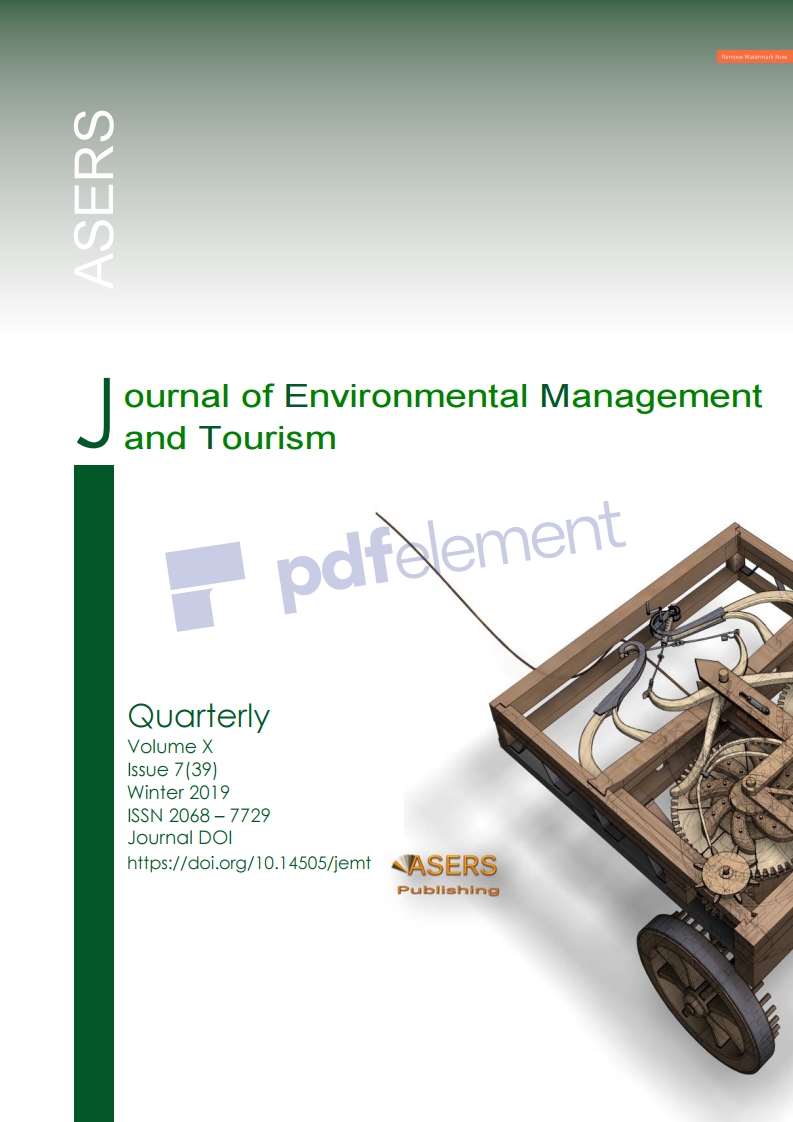Economic and Ecological Fundamentals for the Establishment of the Metallurgical Complex in Siberia in the 18th Century
Economic and Ecological Fundamentals for the Establishment of the Metallurgical Complex in Siberia in the 18th Century
Author(s): Arkadiy KONTEV, Olga Konteva, Anna V. Kremneva, Olga Voronkova, Nadezgda KISELEVA, Pavel ZhuravlevSubject(s): Economy, National Economy, Energy and Environmental Studies
Published by: ASERS Publishing
Keywords: mining and metallurgical production; "Crown property"; Imperial Cabinet; Western Siberia; Kolyvano-Voskresensk plants; Demidov; Baer;
Summary/Abstract: Economic and political fundamentals for the development of mining and metallurgical production in Siberia in the 18th century are discussed in this paper. The principal type of ownership of large enterprises at that time was serf manufactory, the development of which took place in the conditions of absolutism based on forced labor. Based on a comprehensive set of archive documents, the authors have studied the problem of the transfer under the authority of the Imperial Cabinet of the private Kolyvano-Voskresensk enterprises owned by Demidov, which were established in the 1720s in the south area of Western Siberia. The status change of industrial enterprises is discussed in the context of accidental events (the death of Akinfiy Demidov and the controversy of his heirs) and the consistent processes of development of silver smelting production in the country.The quick development of the metallurgical industry in Russia in the 18th century was caused by a number of domestic and external factors. The Crown extensively attracted private sector capital for the search and development of ore deposits, especially in remote Uralian and Siberian areas. In the 1720s-1740s, the Kolyvano-Voskresensk industrial-territorial complex privately owned by Akinfiy Demidov was established in the south area of Western Siberia. In the middle of the 1740s, the events happened, as a result of which the possessory belonging of the enterprises was changed and these enterprises were transferred under the control and management of the governmental institution – that is, the Imperial Cabinet. Thus, the Kolyvano-Voskresensk plants became the basis of the Cabinet production unit which existed in the 18h-19th centuries.
Journal: Journal of Environmental Management and Tourism (JEMT)
- Issue Year: X/2019
- Issue No: 07 (39)
- Page Range: 1628-1636
- Page Count: 9
- Language: English
- Content File-PDF

